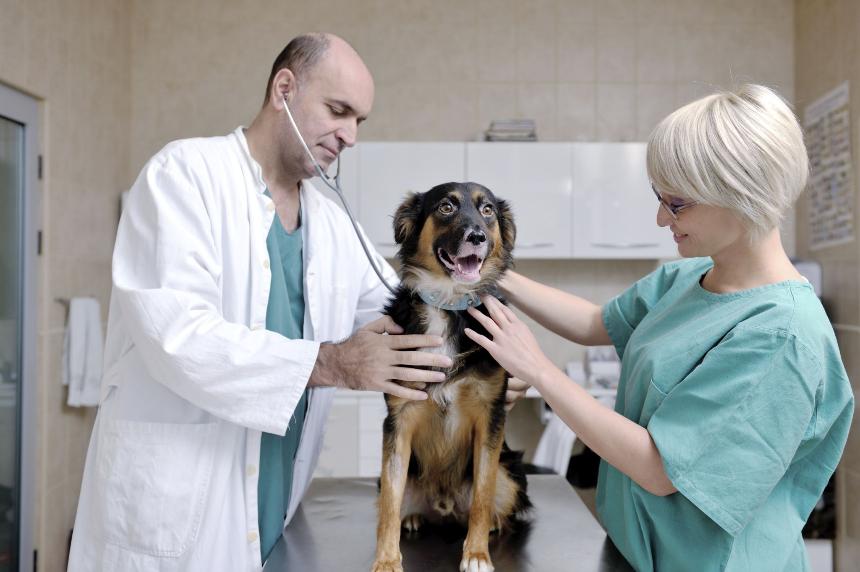
How to Prepare Now For a Veterinary Emergency
Even if you are the most cautious pet owner, you never know when an emergency can happen. There are stories about this every day; your dog breaks his leash and runs in front of a car, you are boiling a pot of pasta and trip over your cat scurrying under your feet. You cannot usually prevent these kinds of accidents, and when they occur, you need to act fast. Because life is so unpredictable, it is important that you develop an emergency medical plan for your pet as soon as possible. Here are a few tips to get you started with a medical emergency plan today. Read more about it at our animal vet blog.
It is important to, first and foremost, be sure you have your veterinarian's contact information and business hours posted in plain sight on your refrigerator. There are a number of vets who give away refrigerator magnets with their information on them. If not, make sure you list the information and laminate it so it does not fade.
Some veterinarians will have 24 hour care, however if they do not offer this, they will be able to tell you where you can find a 24 hour vet close by. Be sure to write down the phone number and address of the 24 hour vet and get directions to their hospital, and it may also be a good idea to drive by the facilities to be sure you know how to get there in a pinch. You will want to have essential items such as a collar or leash, pet carrier, medical history and vaccination history, as well as the ID tag handy in case you need to leave in a hurry. To find a 24 hour vet in your area, check out this site.
You should know how to differentiate between normal behavior and a medical emergency. It is often difficult to determine when a visit to the vet is needed. You will benefit from knowing how to take your pet's vital signs, so you can know when they actually need to visit a vet or emergency clinic. You can check an animal's heart rate by feeling the area where your pet's left elbow meets their chest. You will want take the number of beats within 6 seconds and multiply by ten. Doing this prior to an emergency will give you an idea of what is normal, so you can distinguish the difference in an emergency. It is important to take your animals basal temperature on a normal day as well. A normal temperature for a dog can range from 99.5 to 102.5, and cats 100.5 to 102.5.
Even though you never want to think about anything bad happening to your beloved pet, it is critical that you establish an emergency plan ahead of time to be sure you know what to do in the event of a veterinary emergency. Take a look at http://www.ehow.com/how_5357460_veterinary-care-pet-dont-money.html for more tips.